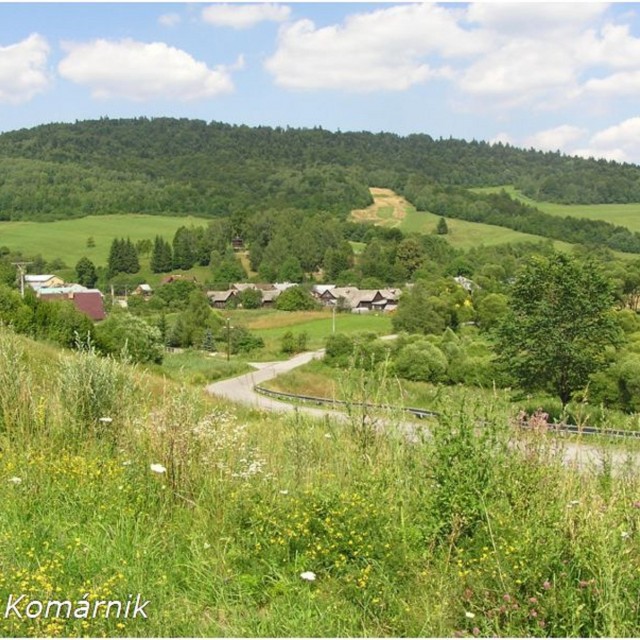Blood-stained battalion
Mikuláš Hulín, as a soldier in the compound reconnaissance unit of the 1st Czechoslovak Army Corps, experienced the battle of the Nižný Komárnik village in October 1944. He remembers that he and his squadron were the first to attack the Wehrmacht positions in the community. A Soviet mine launcher unit was to support them from the rear. But it launched fire at the wrong target. “They launched two or three mines right in the middle of our boys. Twenty of them were killed on the spot. I thought it would drive us crazy. My liaison-boy was hit in the head – it chopped the top of his head off. He took a few more steps and dropped. I was lucky in that he was ahead of me – I would have been hit,” he recalled. Mikuláš Hulín’s squadron kept on attacking despite the severe losses. The Wehrmacht soldiers were very well entrenched in the rocky terrain, so he and another squadron of machine riflemen tried to take them from two sides: “Our squadron attacked from the right and eventually a squadron on the left fired at us across a forest clearance. We opposed each other. I thought, ‘This is unbelievable. It can’t be true!’ We had losses, but in the end we made it to Nižný Komárnik.”
Hodnocení
Hodnotilo 0 lidí
Routes
Not a part of any route.
Comments
No comments yet.



